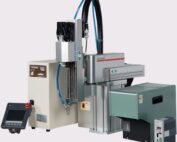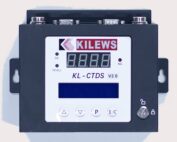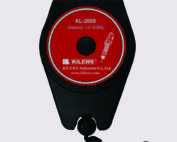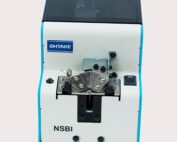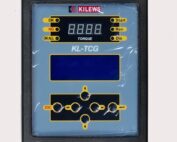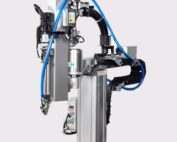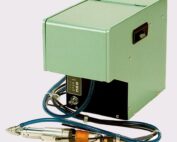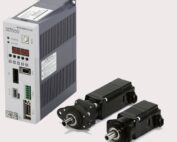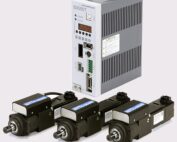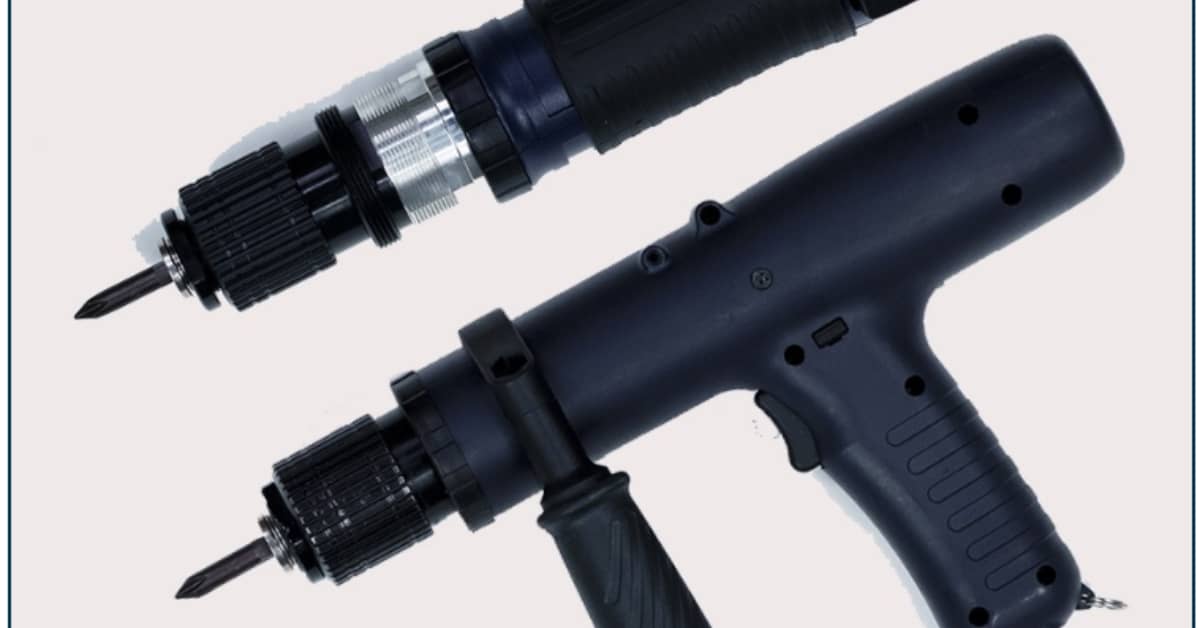
Torque controlled tightening refers to a method of fastening or tightening bolts, screws, or other threaded fasteners using a specific amount of torque. A torque is a rotational force applied to a pin to create tension and secure two or more components together.
In torque controlled tightening, a torque wrench or a similar tool is used to apply a predetermined amount of torque to the fastener. This ensures that the fastener is tightened to a specific level of tension, which is often specified by the manufacturer or engineering standards.
The process typically involves the following steps:
- Determine the required torque: The manufacturer or engineering specifications will provide the recommended torque value for the tightened fastener or joint. This value is typically expressed in units of force multiplied by distance (e.g., Newton meters or pound-feet).
- Set the torque wrench: The torque wrench is adjusted to the desired torque value. Some torque wrenches have a scale that can be adjusted, while others may require setting a specific value using a dial or digital display.
- Apply torque: The torque wrench is then used to tighten the fastener by rotationally applying force. As the desired torque value is reached, the wrench will indicate this either audibly, visually, or by a physical click.
- Verify torque: After tightening, it is vital to verify that the torque applied meets the specified requirements. This can be done using a torque verification tool or by measuring the torque with a calibrated torque measurement device.
Uses of Torque Controlled Tightening
Torque controlled tightening is commonly used in various industries, such as automotive, aerospace, manufacturing, and construction. It helps ensure that fasteners are tightened to the correct tension, preventing issues like overtightening (which can cause damage) or under-tightening (which can result in loosening over time).
It’s worth noting that torque-controlled tightening is just one method of fastening, and there are alternative techniques like angle-controlled tightening or tension-controlled tightening that may be used depending on specific requirements and industry practices.
Read Also:

